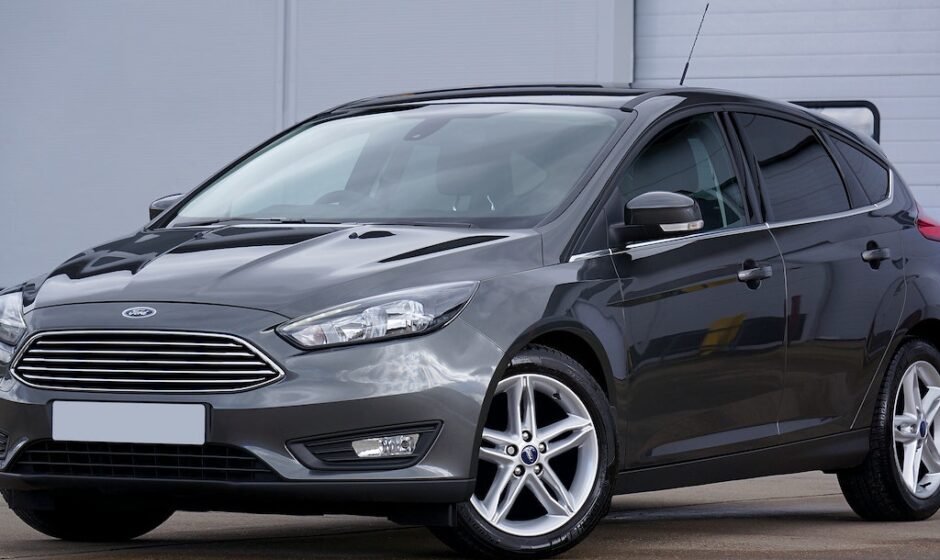When shopping for a new car, it’s easy to get swept up in all the hype surrounding SUVs and trucks. But what if you don’t care about hauling around a lot of gear and just want to pack more junk in your trunk? If that’s the case, a hatchback might be the better choice. In this article, we’ll discuss why having a hatchback can be such an advantage on your next road trip or daily commute. We’ll also outline the different types of hatchbacks available and what to look for when shopping for one.
Are Hatchbacks Good Cars?
Yes, they are. Hatchbacks are great alternatives to sedans because they offer many of the same benefits—low weight, high efficiency, a low center of gravity for superior handling, and cheaper tires, brakes, and suspension—without sacrificing cargo space. They’re also great for city driving and parking.
That said, if you’re used to driving an SUV with higher seating and off-roading capabilities, adjusting to a hatchback may take a while.
What Types of Hatchbacks Are Available?
Subcompact Hatchback
Popular models: Toyota Yaris, Mitsubishi Mirage, Honda Fit, Chevrolet Sonic
Pros: These hatchbacks are small, affordable, and have a lot of cargo space. Their light weight makes them easy to maneuver and very efficient.
Cons: Subcompacts can be a good value if they are well-made, but poorly-made subcompacts feel junky. They’re usually noisy on the highway and uncomfortable to ride in.
Compact Hatchback
Popular models: Toyota Corolla, Honda Civic, Volkswagen Golf, Mazda3, Hyundai Veloster
Pros: When you move up from the entry-level subcompact class to include desirable tech features and more powerful engines, you’re moving into what is known as the compact hatchback category. This is the class of car in which most hot hatchbacks compete.
Cons: Near-luxury models can be pricey for their size. Some models are still too cramped inside.
Midsize/Large Hatchback
Popular models: Kia Stinger, Volkswagen Arteon, Tesla Model S, Porsche Panamera
Pros: The larger footprint of the vehicle means that it has more room in the back seat and also in the trunk. Luxury automakers also offer vehicles in this segment, giving people who want something bigger than a sedan but don’t want to drive an SUV the choice they desire. These cars are also usually much more powerful than the less expensive hatchbacks.
Cons: Hatchbacks are no exception to the rule that bigger cars cost more, especially large luxury hatchbacks. Powerful engines and the extra weight also mean lower fuel economy.
Test Driving a Hatchback: 4 Things to Check For
Make sure the rear seats fold down easily, and the resulting cargo area is flat.
Bring any frequently carried items with you to test the cargo capacity.
Check for visibility from the driver’s seat, and assess blind spots.
Crank that engine to find out how the car handles the highway.

